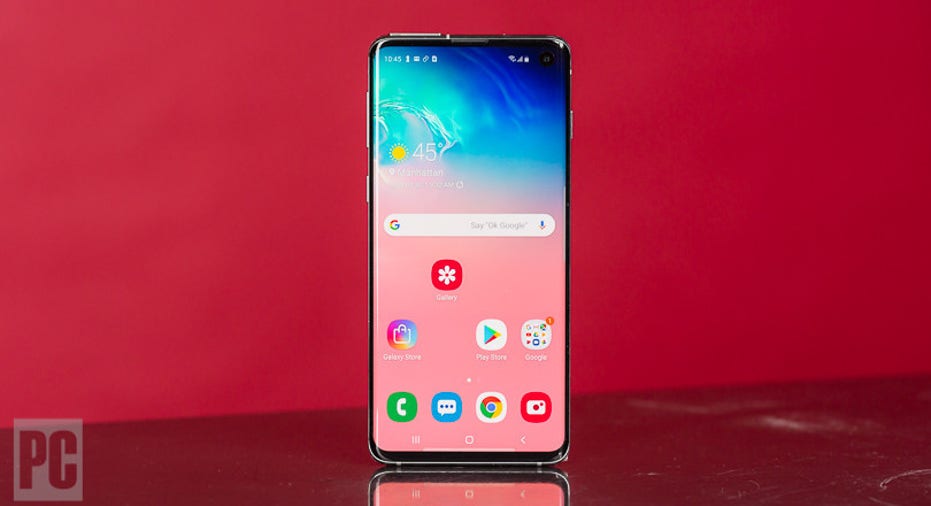Galaxy S10 Beats S9 in US Sales

The Samsung Galaxy S10 is more successful than expected in the US, with sales running around 10 percent better than the Galaxy S9 did, according to new figures from Counterpoint Research.
Counterpoint and Wave7 Research survey US carrier stores to find out how well phones are selling in this critical channel. According to Wave7, Apple's iPhones still have more than 50 percent sales share at all four carriers, although they've been dropping steadily over the past three months at AT&T, Sprint, and T-Mobile.
Samsung's overall percentages of sales over the past 30 days are now 28 percent at AT&T, 30 percent at Verizon, 38 percent at Sprint, and 35 percent at T-Mobile, with Galaxy S10+ units selling out quickly, Wave7 says. iPhone users switching to Samsung are more common this year, according to carrier reps. Those reps said they love demonstrating Samsung's Wireless PowerShare reverse-charging feature, which I think is a dumb gimmick in actual use, but is apparently a blast to demo in the stores.
Many carrier stores are currently sold out of the 128GB Galaxy S10+, but they have plenty of S10e units, Wave7 says. We picked the Galaxy S10e as our Editors' Choice of the three models and it's the phone I use on a daily basis, but Americans generally tend to choose larger phones.
The iPhone XR is also selling gangbusters, Wave7 says. The least-expensive new iPhone, coming in at $749, is by far the most popular of the new models and is selling better in urban and low-income areas. Customers are turning to the XR rather than picking up older iPhones like the 8 and 7 in stores, with those older models making up only 5-10 percent of sales.
Beyond Apple and Samsung, no other manufacturer has more than 10 percent market share in postpaid sales this month. LG is struggling, Motorola is "not succeeding," and OnePlus has a relatively stable 5 percent market share at T-Mobile, according to the report.
In the prepaid world, things are different. The LG Stylo 4 is the most popular phone at Boost and Metro by T-Mobile, and LG has more than 40 percent market share at Metro, according to Wave7. With the departure of ZTE and the decline of Alcatel in the US market, it looks like LG, not Motorola, is picking up the slack.
It's All Pretty Seasonal
Phones tend to sell their best shortly after launch, when they're fresh. If we're going to say smart things about phone sales, we need to look at the trends keeping that factor in mind.
The iPhone XR now has the legs that analysts like Cliff Maldonado of BayStreet Research suggested it would when the phone launched. It was initially eclipsed by more expensive iPhones, but as predicted, it's a winner among people who aren't early adopters and don't buy their phones on day one of launch.
The best news about the S10 , meanwhile, is that it's outselling the S9. That arrests a potential downward trend Samsung has seen for the past few years, which is part of an overall downward trend in the smartphone market.
As 5G ramps up in 2020, the Galaxy S11 might also do well. For now, though, it looks like Samsung's position as one of America's two leading smartphone sellers is quite secure.
This article originally appeared on PCMag.com.



















